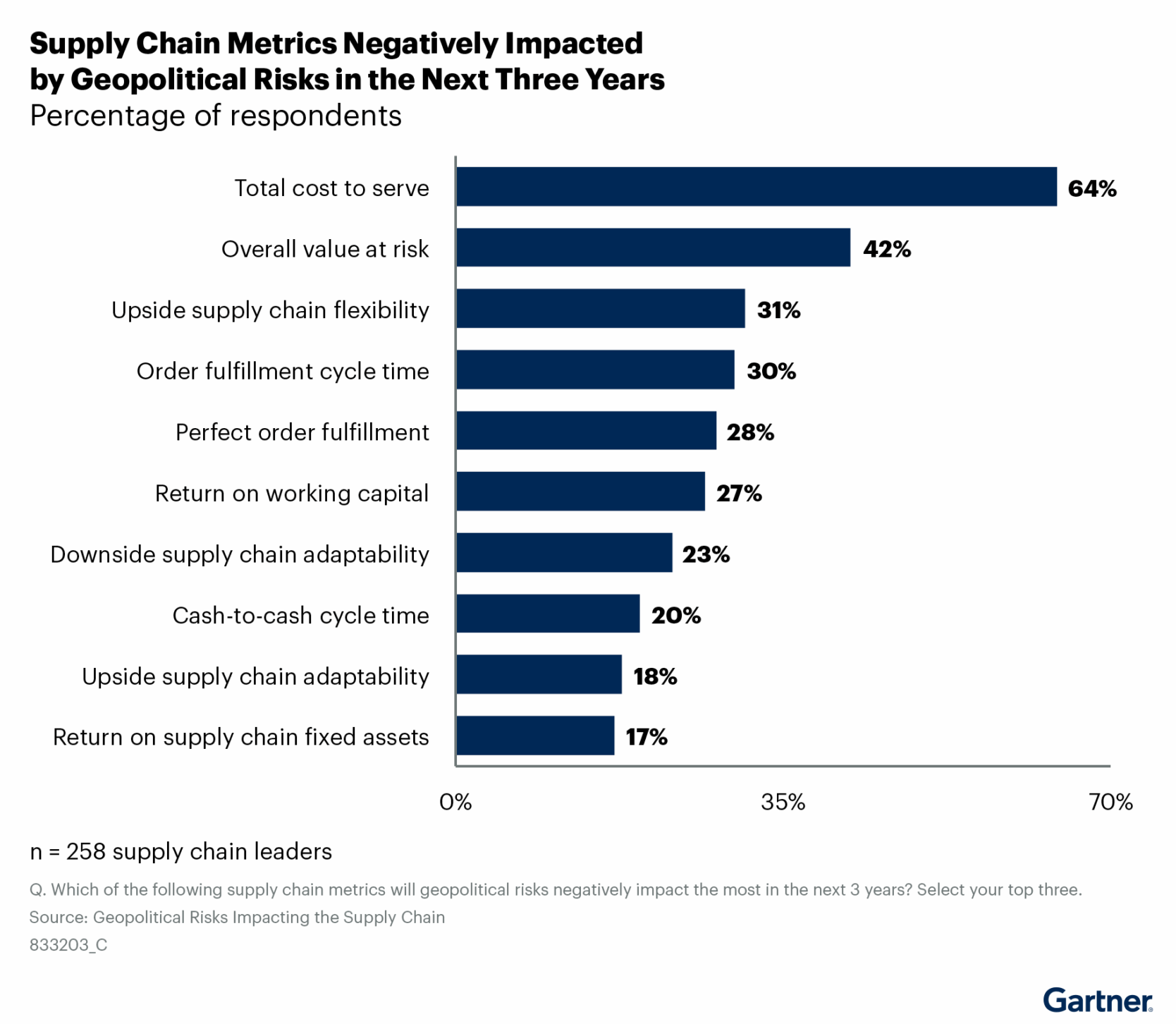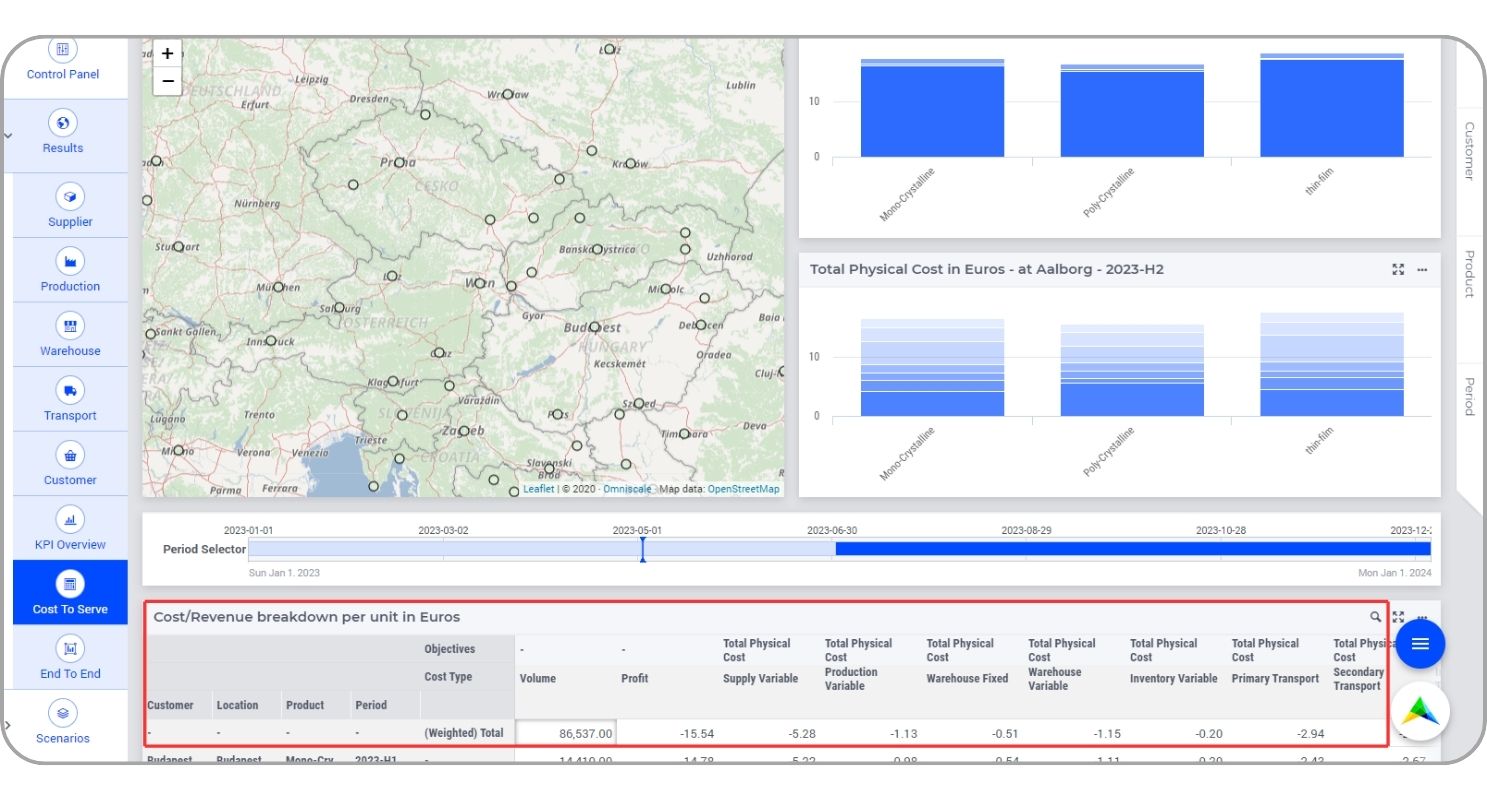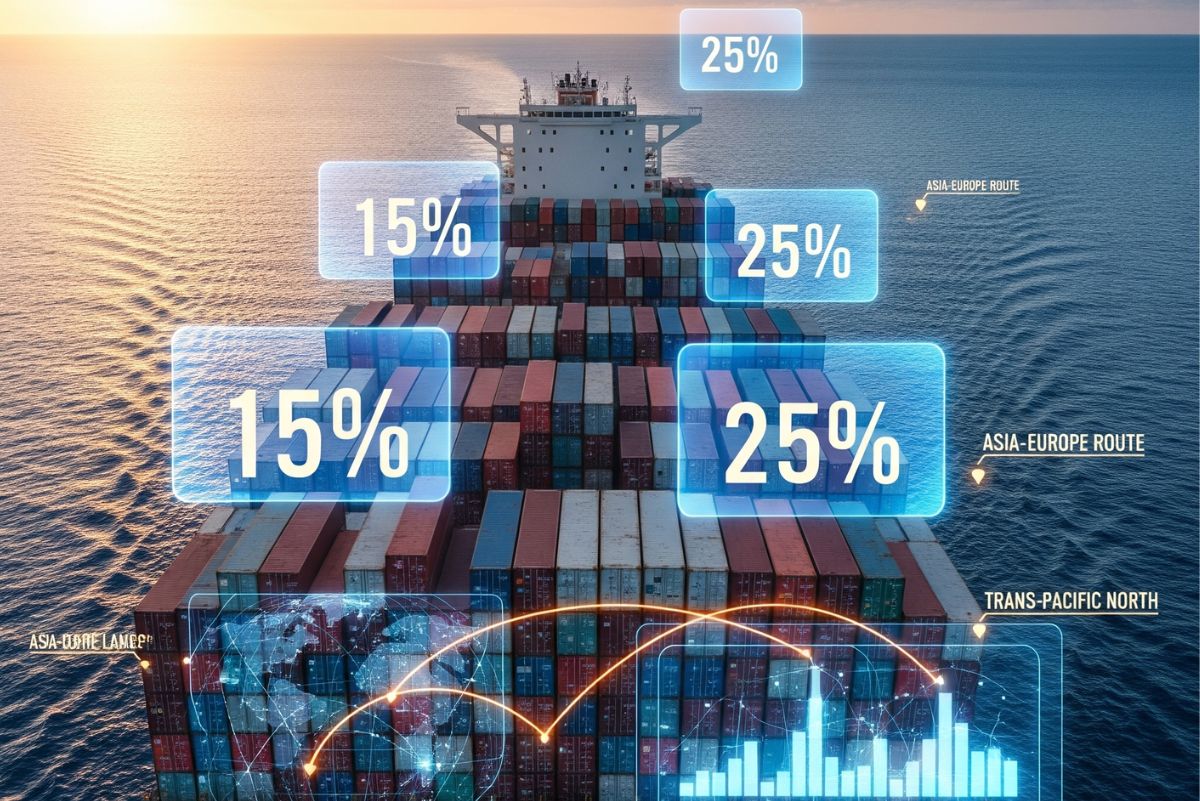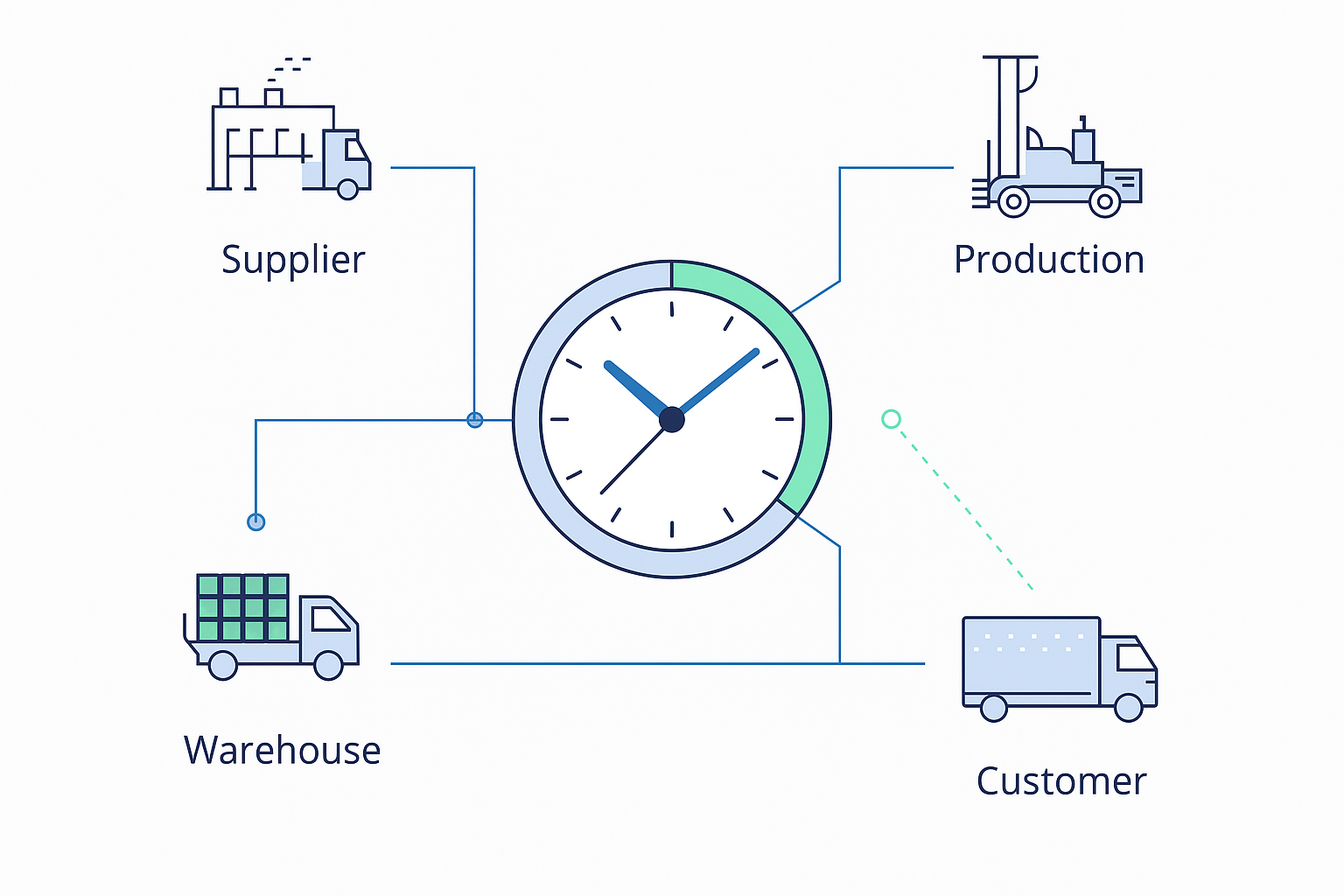Supply chains are at an inflection point. Escalating tariffs, unpredictable trade policies, stricter regulations, and frequent disruptions are fundamentally reshaping how companies source, produce, transport, and manage their goods.
Key Findings from Gartner®
According to the 2024 Gartner Geopolitical Risks Impacting the Supply Chain Survey, the most significant impact is on the total cost to serve. Other impacts include effects on overall value at risk, supply chain flexibility, and order fulfillment capabilities.
The figure below illustrates how these supply chain metrics are expected to be negatively affected by geopolitical risks over the next three years.

The traditional model of designing supply chains with the mindset of global efficiency and static planning is giving way to a new paradigm: one that is regionally diversified, adaptive, and resilience centered.
In this context, the ability to proactively assess and adapt the network in response to market fluctuations becomes essential, paving the way for a new era of regionally diversified, resilient supply chains supported by advanced technology.
Introducing Percentage-Based Tariffs: A New Way to Model Trade Uncertainty
One recent innovation in AIMMS SC Navigator is the Percentage-Based Tariffs feature. This capability enables you to define tariffs as a combination of a percentage (the applied tariff rate) and a value (the product value to which the percentage applies) across any transport lane.
With this flexibility, you can simulate tariff changes, evaluate their end-to-end supply chain impact, and stress-test your network under different tariff conditions.
When combined with SC Navigator’s multi-objective optimization, your scenario possibilities expand dramatically. Some examples include:
- Optimize for total landed cost while measuring tariff impacts.
- Optimize for landed cost with a hard cap on total tariff spend.
- Prioritize minimizing tariffs relative to other costs (e.g., weighting tariff reductions 2x more than landed costs).
- Simulate tariff percentage shifts across different product categories or trade lanes.
Here is a screenshot with a practical example of cost-to-serve analysis results in SC Navigator.

These scenario planning capabilities empower teams to evaluate multiple supply chain footprints under uncertainty and build resilience into their long-term plans.
Tariffs may just be one wave in what could become a tsunami of evolving trade and market pressures. With SC Navigator, you’re not just reacting to today’s challenges, you’re proactively preparing for tomorrow.
Features like Trade-off Analysis, Location Risk Analysis, Scenario Navigator, and Multi-Objectives put the power of realistic, actionable scenario modeling directly in your hands and help you adapt faster than the competition in a rapidly changing world.
Curious about our new functionality? Talk to our supply chain experts.





